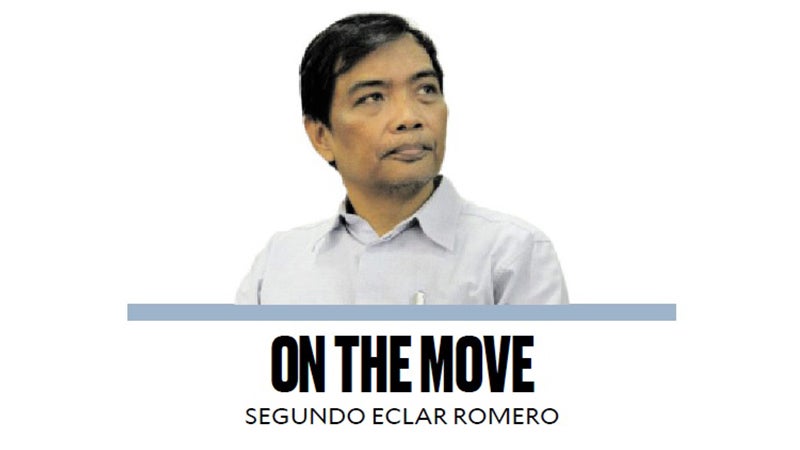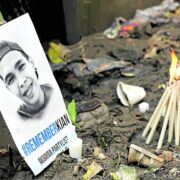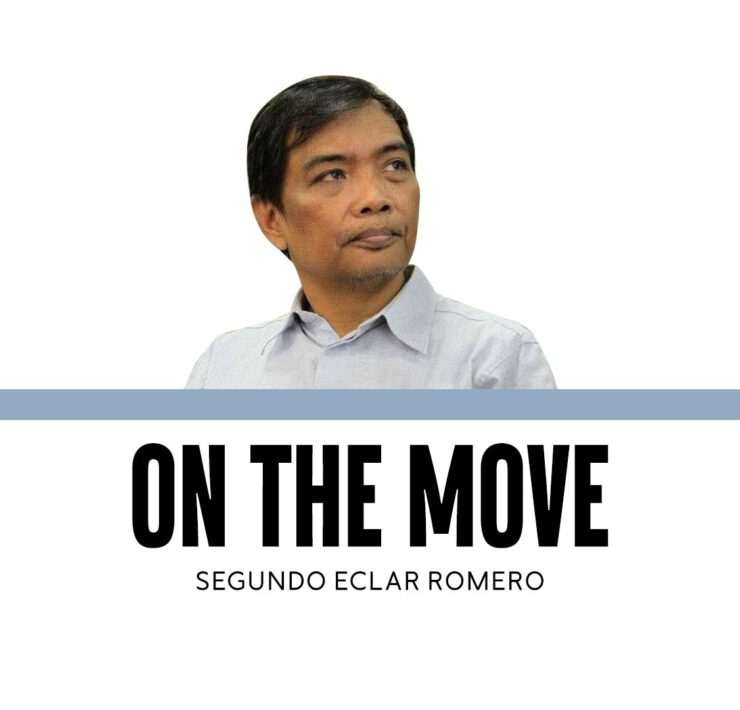High-speed hazards, slow-motion governance?

On 1 May, a provincial bus barreling along the Subic‑Clark‑Tarlac Expressway slammed into a queue of vehicles at a toll booth, crushing a van, an SUV, and a car and killing 10 people, four of them children. Investigators say the driver dozed off and never even braked. Barely 24 hours later, an SUV at Ninoy Aquino International Airport lurched out of its diagonal slot and mowed down passengers on the curb, pinning a five‑year‑old and an adult to death. These gruesome scenes bookend the Vancouver street festival tragedy that killed 11 Filipinos and foreigners just a week earlier. They are not isolated quirks of fate; they are signals, in futures‑thinking jargon, pointing to a trend the Philippines has been slow to acknowledge: bigger, faster, power‑assisted vehicles—often laden with partial automation—are now in the hands of drivers whose bodies, training, and supervision remain stubbornly analog.
Other jurisdictions have already accepted that technology, human factors, and regulation must move together. In the European Union, every new car or truck model approved from July 2024 must carry driver‑drowsiness and attention warnings, intelligent speed assistance, and alcohol‑lock preparation. In the United States, long‑haul bus and truck operators are bound by rules that cap driving stints at 10 or 11 hours, mandate electronic logging of rest breaks, and impose stiff fines on violators. Sweden’s celebrated Vision Zero goes further by redesigning roads so that inevitable human error no longer kills—narrower lanes, median barriers, forgiving shoulders—and has already halved national road deaths since the policy was launched in 1997. Singapore requires speed limiters and speed‑warning devices on heavy goods vehicles over 12 tons and is studying cockpit cameras that monitor eyelids and issue alerts. India is rolling out a policy to make drowsiness‑detection systems compulsory on inter‑city buses.
The Philippines cannot pretend that these tools are “luxuries.” They are fast becoming baseline safety features—like seat belts once were—whose absence will soon be indefensible.
The SCTEX crash reads like a checklist of unmanaged fatigue hazards: a high‑speed corridor, a single driver, and long, monotonous stretches that lull the brain. Hours‑of‑service caps and mandatory relief drivers are not exotic ideas; they are proven countermeasures in the US, Canada, and Australia. Yet, most provincial bus franchises here still schedule Manila–Ilocos–Manila turnarounds that push drivers beyond 14 waking hours.
For owners who fear the cost, remind them of the antediluvian “mercury tilt” earpiece that beeps when a driver’s head nods forward. Modern camera‑based systems cost a little more than a midrange mobile phone but record incidents, satisfy insurers, and most importantly, save lives.
The design of toll plazas offers an immediate target for engineering fixes. Transverse rumble strips—shallow, closely spaced bumps—create both a vibration in the steering wheel and a drumming sound that alerts a drowsy or distracted driver before a tollbooth or other hazard. At NAIA, the two deaths might have been avoided if security-grade bollards or planter boxes at close intervals separated the curb from the façade, a practice routine in US and Australian airports since 9/11. These life‑saving devices cost a fraction of what one fatal claim costs.
These measures dovetail neatly with the hostile vehicle mitigation measures we discussed last week: the line between a weaponized vehicle and a “runaway” accident is often one sleepy moment.
We need a Philippine “Road Violence Observatory”: a public dashboard that logs every fatal crash within 24 hours, tags root causes (fatigue, alcohol, distraction, mechanical failure) and names the operator. Shame, armed with data, is a powerful compliance tool.
Foresight frameworks teach us to scan for weak signals, imagine plausible futures, and backcast concrete steps. The trio of crashes we just witnessed are not weak; they are blaring klaxons. The government should convene an interagency task force—LTO, LTFRB, DOTr, DPWH, PNP‑HPG, insurers, and tech suppliers—to map fatigue‑risk corridors, set milestones for adoption, and draft “chain‑of‑responsibility” legislation so that fleet owners, dispatchers, and even shippers share liability when they push drivers beyond safe limits.
Every time we label carnage a “freak accident,” we absolve ourselves of duty. The bus on SCTEX, the SUV at NAIA, and the Audi in Vancouver were separate incidents in different contexts—but they shared one truth: kinetic energy obeys physics, not intentions. The Philippines should redesign vehicles, roads, and legal incentives around that truth.
If we fail, we will read the same headlines again, only swapping the place names and the ages of the dead. Futures thinking tells us that tomorrow’s tragedies are visible today; we need only choose to see—and to act.


















